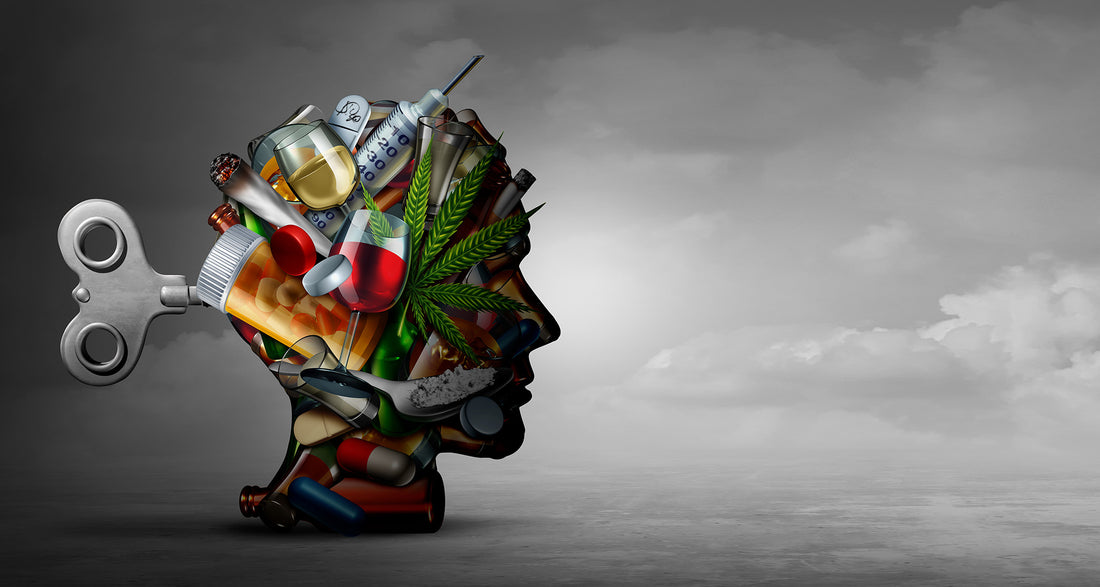
The Role of Hallucinogens in Art: Transcendence or Trap?
Share
The intersection of art and mind-altering substances is a journey as old as humanity itself. From ancient rituals to modern artistic exploration, artists have sought to expand consciousness in the pursuit of heightened creativity. This article delves into the complex relationship between hallucinogens and artistic expression, exploring the potential for transcendence while acknowledging the inherent risks.
A Dual-Edged Brush: Visions and Perils
From the oracles of ancient Greece to the shamans of the Amazon to the avant-garde experimentation of the 20th century, the quest to transcend the limits of ordinary consciousness has been an enduring thread in the tapestry of art. Artists like Salvador Dalí, with his melting clocks and dreamlike landscapes, or Jean-Michel Basquiat, with his raw, pulsating energy, embraced substances as a key to unlocking the hidden realms of the mind.
Yet, this path walks a razor's edge. For every artistic breakthrough attributed to visionary journeys, there are countless stories lost to instability and addiction. The very substances that may offer a glimpse into boundless creative realms can become the cage that traps the artist within them. History reminds us that the line between genius fueled by expanded consciousness and madness fueled by dependence can be tragically thin.
Sensory Expansion and Artistic Expression
-
Altering the Senses: Colors, Forms, and Beyond Hallucinogens profoundly alter perception, unlocking a world of vivid colors, distorted forms, and dreamlike imagery. Artists may harness these experiences as fuel for their work, creating pieces that pulsate with otherworldly energy.
-
The Debate: External Influence or Unlocked Potential? But is true artistic innovation born from the substance, or does it simply unveil what lies dormant within the artist's own psyche? Some artists and art historians argue that psychedelic art allows access to a wider range of creative expression. Others maintain that these substances offer a shortcut, and authentic inspiration must ultimately come from within.
Legal Realities and Ethical Dilemmas
The legality of hallucinogenic substances adds a complex layer to this discussion, impacting where and how artists can explore this territory. The art world bears a responsibility to engage in honest conversations about the potential for romanticizing drug use and the risks it poses, especially for young, impressionable minds.
Striving for Balance: Health, Ethics, and Creativity
As our understanding of the mind and the dangers of addiction evolves, the conversation around drugs and creativity must also mature. Support systems are vital for artists navigating these complexities, fostering a space where exploration can happen alongside a strong commitment to well-being. There are alternative, safer practices for accessing altered states, such as meditation, breathwork, and immersive sensory experiences.
Conclusion
The relationship between art and hallucinogens is a paradox – a source of both transcendent inspiration and potential ruin. By appreciating both historical use and modern-day complexities, we can navigate this terrain thoughtfully. This balanced approach allows us to celebrate the potential for groundbreaking artistic expression while remaining vigilant about the risks involved.

